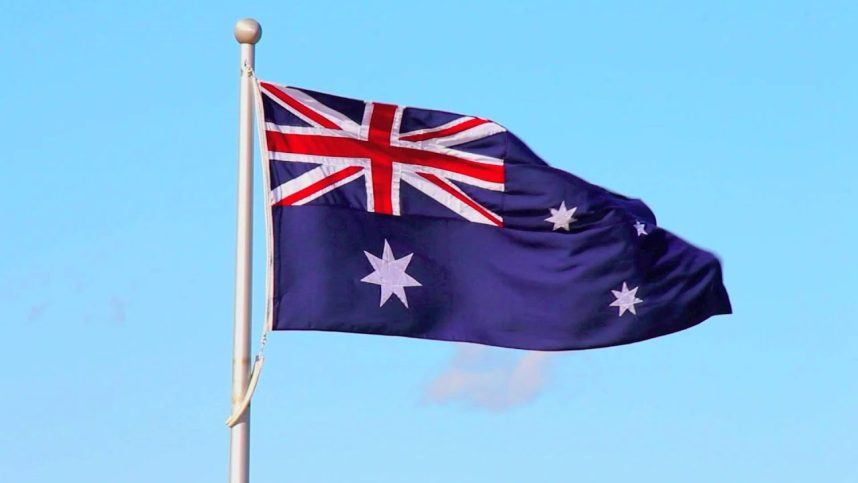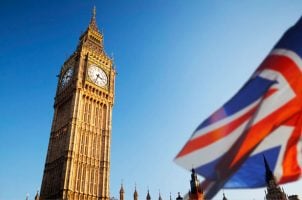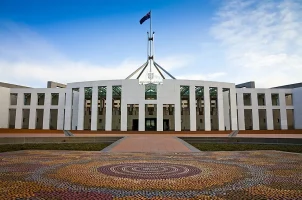Australia’s Gambling Operators Prefer to Advertise on Free TV and Radio
Posted on: October 19, 2023, 06:47h.
Last updated on: October 19, 2023, 11:37h.
Gambling operators targeting the Australian market have a strong affinity for free-to-air (FTA) TV and radio. In a comprehensive study commissioned by the Australian Communications and Media Authority (ACMA), Nielsen reveals that more than one million gambling advertisements inundated the free airwaves from May 2022 to April 2023.

Australia’s media landscape has become a battleground for gambling operators vying for consumer attention, as evidenced by the study. The research sheds light on the advertising strategies employed by gambling providers, with a special focus on the prominence of online gambling services.
Gambling ads inundated the FTA TV and metro radio channels during this 12-month span. What stands out is the significant contribution of online gambling providers, with 50% of these advertisements originating from their ranks.
Free-To-Air the Go-To Option
The regional divide is pronounced, with 58% of total gambling ads on regional FTA TV originating from online gambling providers. In the metro landscape, their dominance is still palpable, comprising 51% of the total gambling ads on FTA TV.
Financially, FTA TV emerges as the prime battlefield for advertising spend, swallowing up 68% of the total expenditure. The breakdown reveals AU$133 million (US$83.84 million) spent on metro FTA TV and AU$29 million (US$18.28 million) on regional counterparts.
Social media, despite its digital allure, claimed only 15% of the share, with an expenditure of AU$34.6 million (US$21.81 million). Metro radio markets and other online platforms secured 9% (AU$22.4 million, or US$14.12 million) and 8% (AU$19.5 million, or US$12.29 million), respectively.
The temporal analysis of gambling ads showcases a distinctive pattern. Evenings emerge as the battleground, with 22% of gambling ads flooding FTA TV between 7 p.m. and 10 p.m.
The pinnacle occurs between 9 p.m. and 10 p.m. when both metro and regional TV markets witness a surge in advertising. Providers of online gambling services amplify their outreach during this hour, with 24K spots hitting the airwaves, sparking concerns about the potential impact on vulnerable audiences.
FTA has become a leading viewing entertainment option for Aussie consumers. A study by the ACMA earlier this year revealed that 70% of the adult population watches FTA TV each week. This is a 6% increase from last year, and the first time the figure has increased in six years.
Gambling Ads on the Chopping Block
Australian lawmakers are contemplating a radical proposal for a phased, three-year rollout of a complete ban on gambling advertising. While the decision is still months away, the discussion has sparked a heated debate about the balance between commercial interests and public well-being.
The move comes on the heels of growing concerns about the pervasive influence of gambling advertisements on vulnerable populations, coupled with the rise of online gambling services. Lawmakers are grappling with the delicate task of finding equilibrium between allowing businesses to thrive and protecting the public from potential harm associated with excessive gambling.
Proponents of the measure highlight the potential benefits for public health and well-being. Advocates argue that a ban on gambling advertising could mitigate the risks of addiction and protect vulnerable individuals.
On the other side are those who believe the ban would do more harm than good. A complete ban would make it more difficult for consumers to distinguish licensed from unlicensed platforms, possibly leading to a higher degree of gambling problems.
The ban would also impact FTA broadcasters, eliminating a major source of revenue. This, in turn, would potentially lead to lower-quality programming and the closure of some FTA options.
Related News Articles
UK Problem Gambling Rate Remains Low, New Research Shows
Latest UK Gambling Commission Study Shows Teen Gambling Rates Down
Most Popular
LOST VEGAS: ‘Tony The Ant’ Spilotro’s Circus Circus Gift Shop
Casinos That Were Never Casinos
Most Commented
-
End of the Line for Las Vegas Monorail
— April 5, 2024 — 90 Comments -
Cracks Emerging on Las Vegas Strip Says Analyst
— April 30, 2024 — 14 Comments -
Mega Millions Reportedly Mulling Substantial Ticket Price Increase
— April 16, 2024 — 9 Comments
















No comments yet